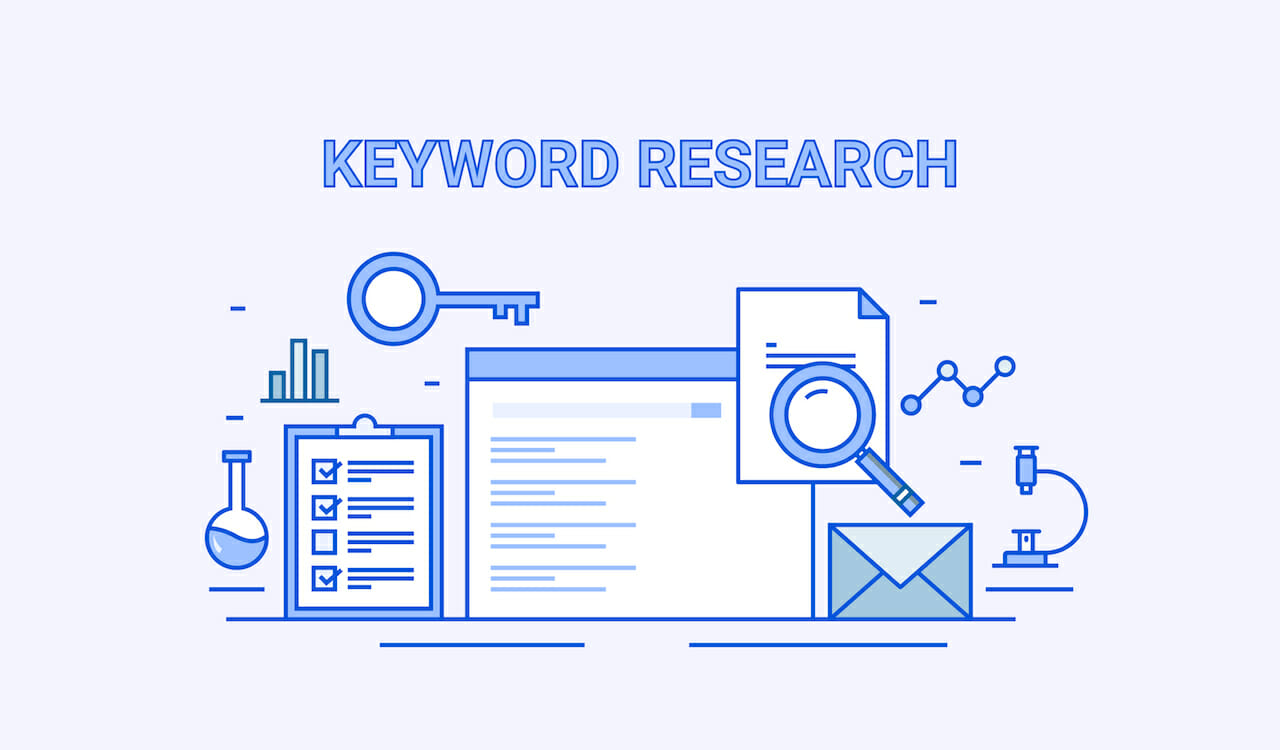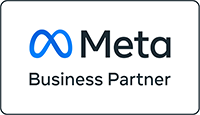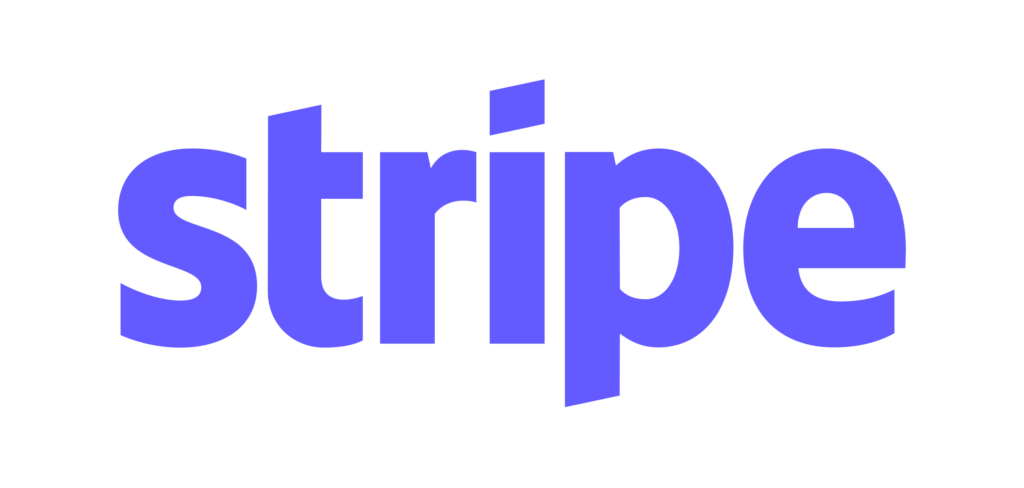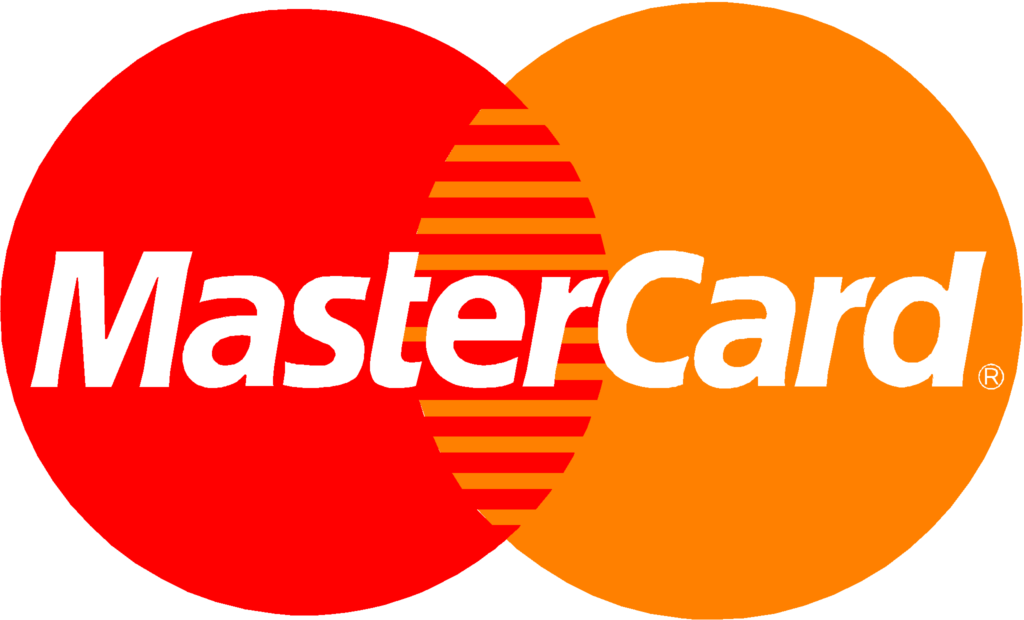Warning: Trying to access array offset on value of type bool in /home/searchcombat/public_html/wp-content/plugins/elementor-pro/modules/dynamic-tags/tags/post-featured-image.php on line 39
Successful Search Engine Optimization (SEO) Is Expensive? Google’s top 10 results are unattainable for ‘normal’ medium-sized websites?
Depends on!
Let’s go – your rankings are waiting!
Step # 1: Keyword Research

The landing page – this is the landing page that should be found on Google. The beginning of the landing page development is marked by the selection of suitable “keywords” – selected key terms that form the basis of the content orientation. If these terms are searched on Google, we want to be found.
When it comes to a company website, the framework for the content presented is usually roughly defined by the service (s) offered. Nevertheless, we should ask ourselves: Which main and additional keywords relating to the topic form the basis of our content? Which keyword sets make sense for which subpage?
The keywords in question should meet important criteria:
- Minimum number of monthly searches (at least not zero)
- narrower content orientation (not too general)
- Reference to specific questions and problems
- Additional local information (for services with a regional focus)
Google and Bing provide the very first keyword ideas thanks to autocompleting and related search functions. Countless web tools that allow more in-depth research. The excellent Google Ads Keyword Planner is becoming increasingly stingy when it comes to precise keyword data, but there are free alternatives such as Mangools KWfinder, the “ Keyword Guru ” or the KW tool from WordStream.
Step # 2: SERP research
SERP? This sequence of letters stands for “Search Engine Result Page”, i.e for the search engine results page. The SERP analysis has become indispensable for search engine optimizers. This is due to one of the central SEO aspects of our day: search intention.
The fulfillment of the search intention is decisive for rankings. We can easily find out what intentions a search engine suspects behind individual search queries by exploring the top-placed pages of the associated SERPs. It is the top 10 results themselves that our landing page should be based on.
The content of a landing page can be adapted to the search intention in many ways:
- Content-type: Are you more interested in texts or graphics? Do videos matter? Do users expect a PDF, a download, specific or holistic (“holistic”) information?
- Customer journey location and statement focus: is it still about obtaining information or already about (purchase) decisions? Does the search input suggest specific intentions?
- Addressing the reader: Is the writing style emphatically factual? Or is a loose spelling okay?
- Scope: Does a “big tome” have a chance or is it important to keep the page compact?
- Location reference: Does the physical proximity to the person searching play a decisive role?
You can often see where the searcher is headed just by skimming the SERP because the titles and descriptions displayed on the SERP (the preview elements of the websites in the search results list) are intended as a direct reaction to the user’s intention.
Hence our tip: It is best to simply test a few entries and practice guessing the search intent – we are sure that you will find this surprisingly easy after a very short time.
Step # 3: target group research
You should always stay curious when it comes to your target audience (s). The more data you collect – and the better your content fits this data – the more promising. There are important target group characteristics and key data on the Internet that did not even play a role in the earlier “offline world”.
A web-oriented target group research would also deal with aspects such as
- Favorite devices (smartphone / tablet / desktop PC).
- Data on the place of residence and whereabouts (local/regional/national/international target group).
- typical times of web activity (times of day/days of the week/seasons)
How do you get such information? The most obvious source would of course be your existing customers – politely asking them to fill out a short questionnaire is always an option.
Sure, the internet helps too. If you already have a website, the audience reports from Google Analytics provide you with a cornucopia of user data. You can also find several statistics on portals such as statista.com; Although they report more generally or roughly broken down by industry, they still provide useful insights.
Step # 4: content creation
Your research on the topic, SERP, and the target group is behind you. The task now is to convert the data obtained in this way into adequate content. That means excellently consumable and SEO-compliant online content.
Well! Tacheles! So what does adequate content look like? What can and should you pay attention to when creating landing pages? We divide our recommendations into two categories: optimization ‘in front of’ and ‘behind the scenes.
1. Content optimization in front of the scenes - convince your visitors!
- Texts: simple and natural language/short words and paragraphs / reasonable length.
- Content: Identification of solutions/involvement of the recipient (“you”, “you”) / practical examples.
- Structure: self-explanatory navigation/logical structure/everything important immediately visible.
- Pictures & videos: little stock material / illustration of people / professional look.
- Layout: modern, serious, and tidy/white space and color accents / easy-to-read fonts.
- Mobile: Responsive design / suitable for touch operation / pleasant speed experience.
- SERP metadata: Title contains main keyword/description informs and arouses curiosity.
2. Content optimization behind the scenes - convince the bots!
- URL structure: real name URL / path contains main keyword / main canonical URL.
- Headline structure: H1 contains the main keyword / H2 to H5 contain secondary keywords.
- Meta markups: Robots “index, follow” / viewport “width = device-width, initial-scale = 1.0”
- “Rich Snippets”: additional markups (depending on the page type) from the schema.org library.
- Social media metadata: Open graph for display in Facebook / “Cards” for Twitter.
- Image and video integration: resource-saving formats / ALT attributes for images.
- Programming: asynchronous JS and CSS / reduction of code / (404-) error prevention.
- Technology: SSL encryption (HTTPS) + HTTP2 / caching and GZIP compression / CDNs.
Are you not familiar with every term? You can find more information on the technical facets in the other guides on search engine optimization. A solid technical foundation is extremely important because it makes it much easier for search engine crawlers to find and read your (new) subpages.
What we would like to emphasize at this point: Every page is ultimately aimed at human users! In the end, nothing should be notified of the original construction of the content. A lively writing style and well-founded factual content are at least as important from an SEO perspective.
Not every task can be done in-house, but outsourcing individual tasks should also be financially viable for SMEs.
Step # 5: Content Promotion
The fact that you offer first-class products or exclusive services is excellent. The fact that your websites are based on SEO trends, search intentions, and user requirements is fabulous! But how do you generate online visibility? And relevant rankings in the search engines?
The ‘simple’ answer: you have to push your content! Actively market your landing pages. Various channels, media, and tools are available for this purpose, which are different and helpful depending on the industry, offer and target group.
To actively strengthen and disseminate content, you can, for example
- Inform Google about your (new) LPs in the Search Console.
- Gain external backlinks.
- Inform leads and customers about the new content via newsletter and motivate them to read.
- Site visitors and satisfied customers for social sharing animate.
- To do this, engage in dialogue marketing in social networks.
- For immediate visibility and rapid traffic in Google Ads and Bing Ads invest.
- Advertise it via social media advertising (precise targeting would be possible on Facebook).
In addition, you can strengthen your general brand reputation in the long term by doing something like:
- Build partnerships with industry-relevant influencers.
- Refine your Google My Business entry (high local SEO relevance).
- Encourage satisfied customers and employees to give positive reviews.
- Increasingly combine online marketing with offline advertising.
Step # 6: visitor monitoring
Last but not least, successful SEO is a question of permanent control and improvement. You can tell from the behavior of your site visitors whether you are successfully meeting their needs or not. For this reason, as a website operator, you should always keep an eye on a number of user-related key figures (“KPIs”). That costs you first and foremost: time.
We consider the following user monitoring areas to be a good start:
- SERP-related data: search queries / impressions / click-through rate / bounce rate.
- Acquisitions: new visitors / returning visitors.
- Visitor sources: direct traffic / channels (search vs. ads vs. social media).
- User behavior: click-through behavior / visit duration.
- Demographic data: age / gender / language / origin.
- Technology: Share of mobile devices / operating systems.
- Diagnoses at page level: typical entry vs. exit pages / click behavior on pages.
Step # 7: Conversion Optimization
Visual tricks are used to secure the attention of the LP visitor. His focus should be on important points such as contact details, sales arguments or buttons. Experimenting with the layout and increasing the LP performance through targeted changes is applied conversion rate optimization (CRO). In order to increase the number of deals (conversions) with LPs, one works with: colors and images; Positions of buttons; Text modules and input fields; Fonts and font sizes; “Trust signals” such as certificates, awards, ratings and testimonials. Eye-catching headlines and catchy wording do the rest.
You increase your success by repeatedly revising the user guidance, clarity, functionality and the content of your LPs.
And this is how you get closer to the ultimate conversion guarantee: Users experience visiting your landing page as pleasant, helpful, uncomplicated and trusting. As an enrichment!
In the end, you want to reach real people and win them over to your offer. These people are not interested in SEO or systematics, but in authentic content that offers them exactly the (added) value they want.










